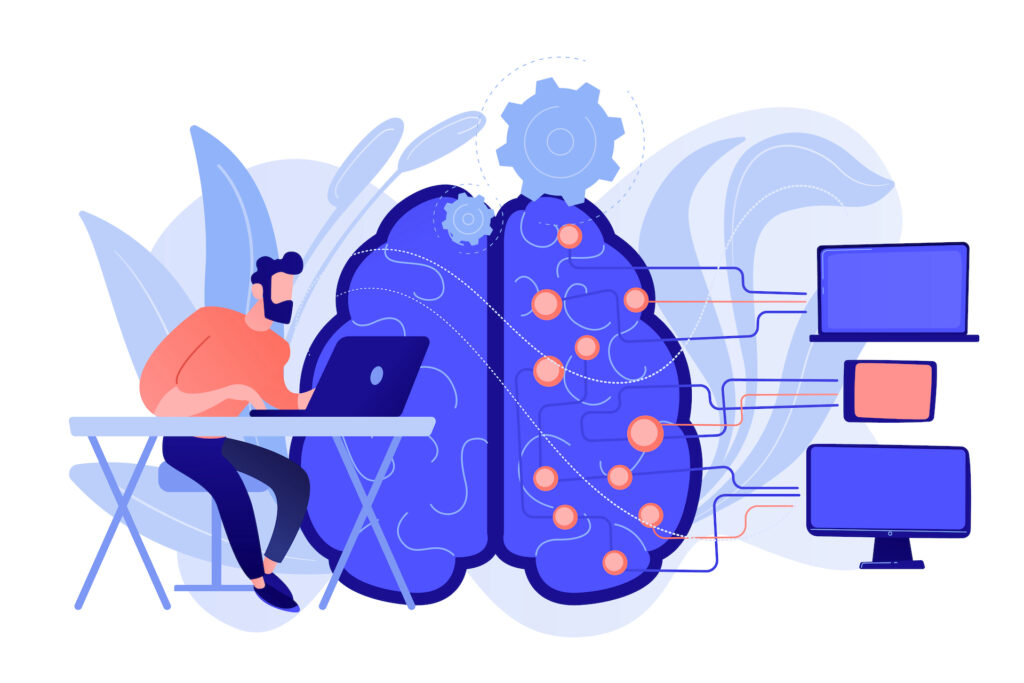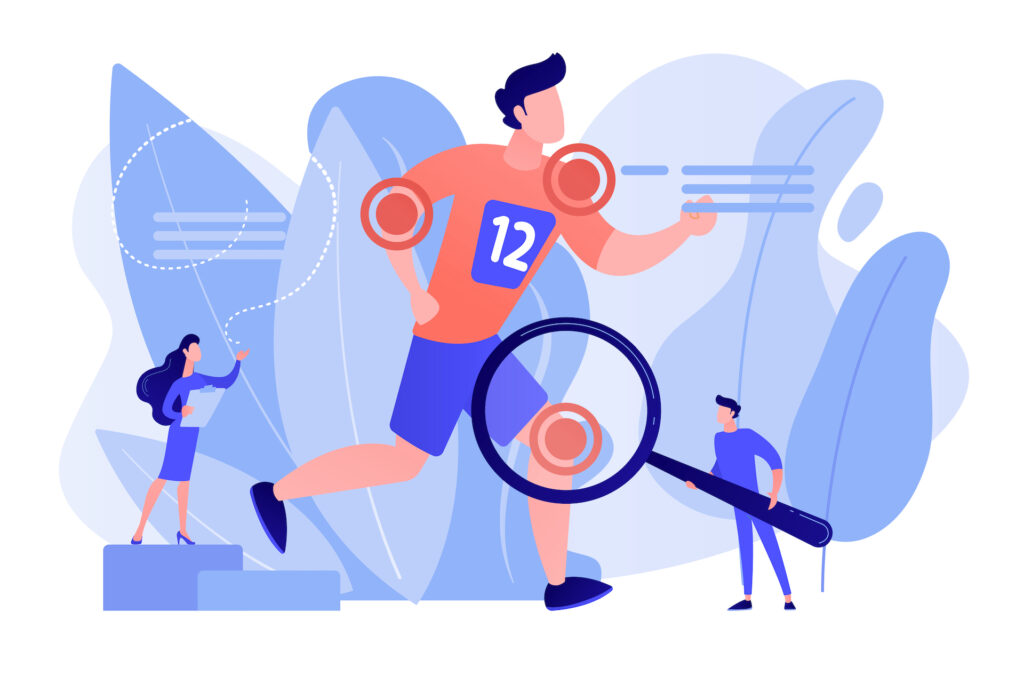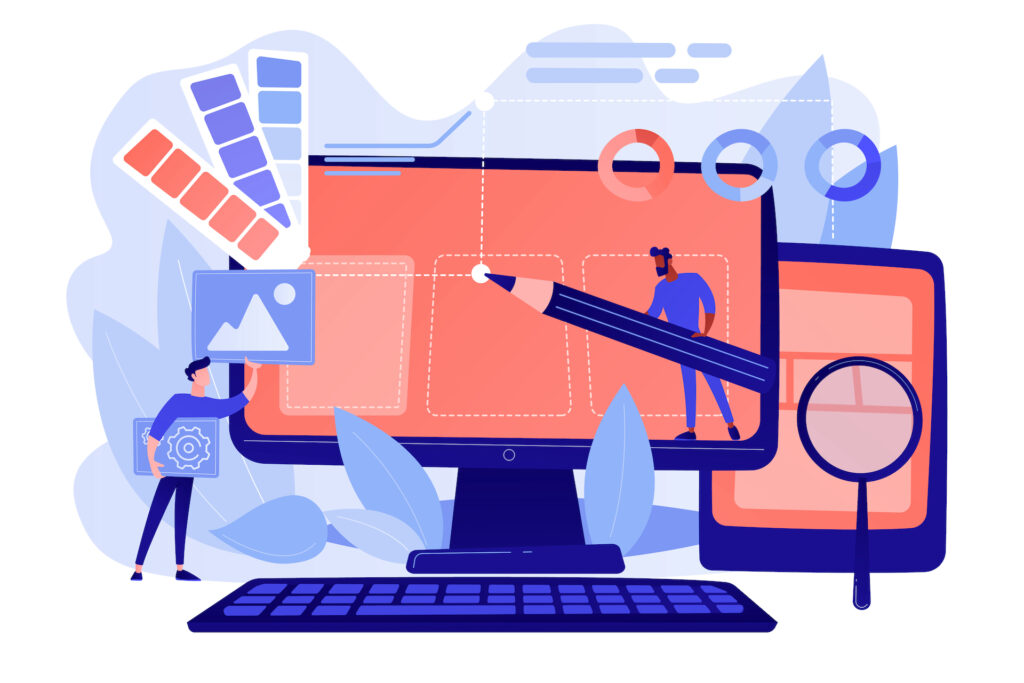Gamification has revolutionized the way we approach our daily lives. From fitness trackers that gamify exercise to language learning apps that turn the process into a game, gamification has made it easier for us to stay motivated in our pursuits.
But did you know that gamification is also making waves in the world of therapies?
That’s right — physical therapists, mental health specialists, and healthcare professionals are now turning to gamification to help patients achieve their health goals in an appealing and engaging way.
Whether it’s helping individuals deal with anxiety or depression, recover from a physical injury, or manage chronic pain, gamification has shown promising results in improving patient engagement and outcomes.
The use of gaming elements like points, badges, and leaderboards can make therapy more enjoyable, challenging, and interactive, motivating patients to stick to their treatment plans.
In this article, we’ll explore the world of gamification in therapy and how it’s being used in both mental health and physical treatments.
We’ll delve into the different types of gamification techniques and how they’re being implemented in various therapies. We’ll also look at the benefits of gamification for therapies, as well as any potential downsides.
So, whether you’re a healthcare professional or someone looking to improve your own health, read on to discover the fascinating world of gamification and therapy.
What Is Gamification?
Gamification is the process of adding game-like and game-design elements to non-game contexts to engage patients, increasing motivation and enjoyment.
The concept is based on the idea that humans are naturally inclined to play and enjoy game-like environments and that incorporating such elements can make non-game activities more appealing and entertaining.
The use of gamification has become widespread in various industries, from education to marketing, and healthcare is no exception.
In the context of healthcare, gamification involves incorporating game elements and mechanics into a therapy session (e.g., interpersonal and cognitive behavior therapy) to improve patient involvement and outcomes.
Types of Gamification Techniques
There are various types of gamification techniques used in therapies. Some of the most common include:
- Points, Badges, and Leaderboards (PBL): PBL is one of the most popular and straightforward gamification techniques. It involves awarding points, badges, or ranks to patients for completing certain tasks or achieving specific goals. Leaderboards can also be added to compare patients’ progress and foster competition, motivating them to achieve better results while improving game knowledge.
- Storytelling: Storytelling involves creating a narrative around the therapy process to make it more meaningful for patients. By creating a story that patients can follow, they can better understand the purpose of the therapy and stay engaged throughout the process.
- Avatars and Virtual Worlds: Avatars and virtual worlds can be used to make therapy more interactive and captivating. Patients can create their own avatars and navigate virtual environments to complete tasks and achieve goals. This technique can be especially helpful for patients undergoing physical rehabilitation, as it can make repetitive exercises more enjoyable and motivating. Aribo is an example of a gamification platform that allows you to create real-life and virtual activities for improved engagement.
- Mini-Games: Mini-games are short, simple games that are integrated into therapy sessions. These games can be used to teach patients new skills or reinforce existing ones, making the therapy process more fun and engaging.

Gamification in Mental Health Therapies
Gamification has shown promising results in mental health therapies, particularly for anxiety and depression treatments.
Such patients often struggle to stay engaged in therapy, as it can be a long and challenging process. Yet, by incorporating gamification techniques, therapists can make therapy more appealing and motivating for patients, leading to better treatment outcomes.
A great example of gamification in the mental health context is the Kung Mind Fu initiative by Aribo – a gamified training program designed to support the mental wellness of children aged 7-12.
The Kung Mind Fu program combines the traditional mental well-being approaches (e.g., emotion cards) with the power of the Aribo app to deliver an unforgettable and highly effective experience. Games and challenges, both virtual and physical, can be used to teach the kids emotional intelligence, emotional resilience, and the practice of mindfulness, among other things.
Another example is SuperBetter, a self-help game that helps individuals deal with mental health challenges.
SuperBetter uses gamification techniques like PBL and storytelling to help individuals set and achieve goals, build resilience, and cope with stress. The game has been praised for its effectiveness and accessibility, as it can be played on a smartphone or computer.

Gamification in Physical Therapies
Gamification has also been used in physical therapies, particularly for rehabilitation and pain management.
Patients undergoing physical therapy often find it challenging and tedious, leading to low adherence rates and poor treatment outcomes. Fortunately, therapists can optimize clinical practice by incorporating gamification techniques. This way, they can make therapy more engaging and motivating, leading to better treatment outcomes.
One example of gamification in physical health therapies is the use of virtual reality (VR) in physical rehabilitation. VR solutions like Aribo can be used to create immersive environments that simulate real-life situations, allowing patients to practice and improve their motor skills in a fun and engaging way.
VR has been shown to be effective in improving motor function and reducing pain in patients with various conditions, including stroke and spinal cord injury.
Another example is using exergaming — video games that require physical activity, such as dancing or sports games, to promote physical activity and exercise. Exergames can enhance workouts in physical therapy, motivating patients to stick to their treatment plans.
Studies have shown that exergaming can improve physical fitness, balance, and coordination in patients with various conditions, including Parkinson’s disease and multiple sclerosis.
Another example of gamification in physical therapies is the use of wearable fitness trackers. These devices use PBL to incentivize physical activity, tracking and rewarding steps, distance traveled, and calories burned. Patients can set goals and track their progress, making exercise more motivating and rewarding.
Fitness trackers have been shown to improve physical activity levels and health outcomes in patients with chronic conditions, such as diabetes and obesity.
Benefits of Gamification for Therapies
The use of gamification for therapies has several benefits, including:
- Increased Engagement: Gamification makes therapy more engaging and fun, increasing patient motivation to participate more actively in their treatment.
- Improved Adherence: Gamification techniques, such as PBL and storytelling, can improve patient adherence to treatment plans, leading to better treatment outcomes.
- Increased Retention: Gamification can increase retention rates in therapy, as patients are more likely to continue with treatment when it’s enjoyable and rewarding.
- Improved Learning: Gamification can improve patient learning by making therapy more interactive and immersive, allowing patients to learn and practice new skills in a fun and engaging way.
- Cost-Effectiveness: Gamification can be a cost-effective way to deliver therapy, as it can reduce the need for in-person sessions and can be delivered remotely.
Potential Downsides of Gamification for Therapies
While gamification has many benefits in therapies, there are also potential downsides to consider, including:
- Over-Reliance on Technology: Gamification relies on technology, and some patients may not have access to the necessary devices or may be uncomfortable using technology.
- Need for Personalization: Gamification techniques need to be personalized to each patient’s needs and preferences, which can be time-consuming and challenging.
- Potential for Addiction: If the strategy is not implemented right (without the specific therapeutic input of a professional), some patients may become addicted to the game mechanics of therapy, leading to overuse and potential harm.
- Lack of Long-Term Effectiveness: While gamification can improve short-term engagement and adherence to therapy, its long-term effectiveness is still unclear and requires further research. As of now, we understand that gamification can’t replace actual therapy but can be an efficient tool supporting overall efforts.

Implementing Gamification for Therapies
If you’re interested in incorporating gamification into your therapies, there are a few steps to consider:
- Understand Your Patients’ Needs and Preferences: Before implementing gamification for therapies, it’s essential to understand your patients’ needs and preferences. Doing so will help you create an effective gamification strategy tailored to their needs.
- Choose the Right Tool: Once you know your patients’ needs and preferences, you can choose the right tool for your gamification strategy. Consider whether you want to use virtual reality, exergaming, wearable devices, or another tool to make therapy more engaging and enjoyable for your patients.
- Monitor Progress: Monitoring progress and adjusting your gamification plan as needed is crucial. Pay attention to how your patients react to the gamification elements and make changes accordingly.
- Create a Long-Term Plan: Gamification can be an effective tool to help patients stay engaged in therapy and achieve their health goals, but it shouldn’t replace actual therapy. Make sure to create a long-term plan that combines gamification with traditional therapies for the best results.
In Conclusion
Gamification is an innovative approach to therapy that can improve patient engagement and outcomes for a realistic and promising future. By incorporating game-like elements into therapy, healthcare professionals can make treatment more enjoyable, challenging, and interactive, motivating patients to stick to their treatment plans.
The use of gamification in mental health and physical health therapies has shown promising results, with many successful interventions being developed and implemented. Still, as with any new approach to therapy, it’s vital to consider the potential downsides and challenges of gamification and ensure that it’s implemented in a safe and effective way.
Overall, gamification has the potential to transform the way we approach therapy, making it more engaging, effective, and accessible for all.
If you have any doubts or questions, feel free to contact our gamification experts!
